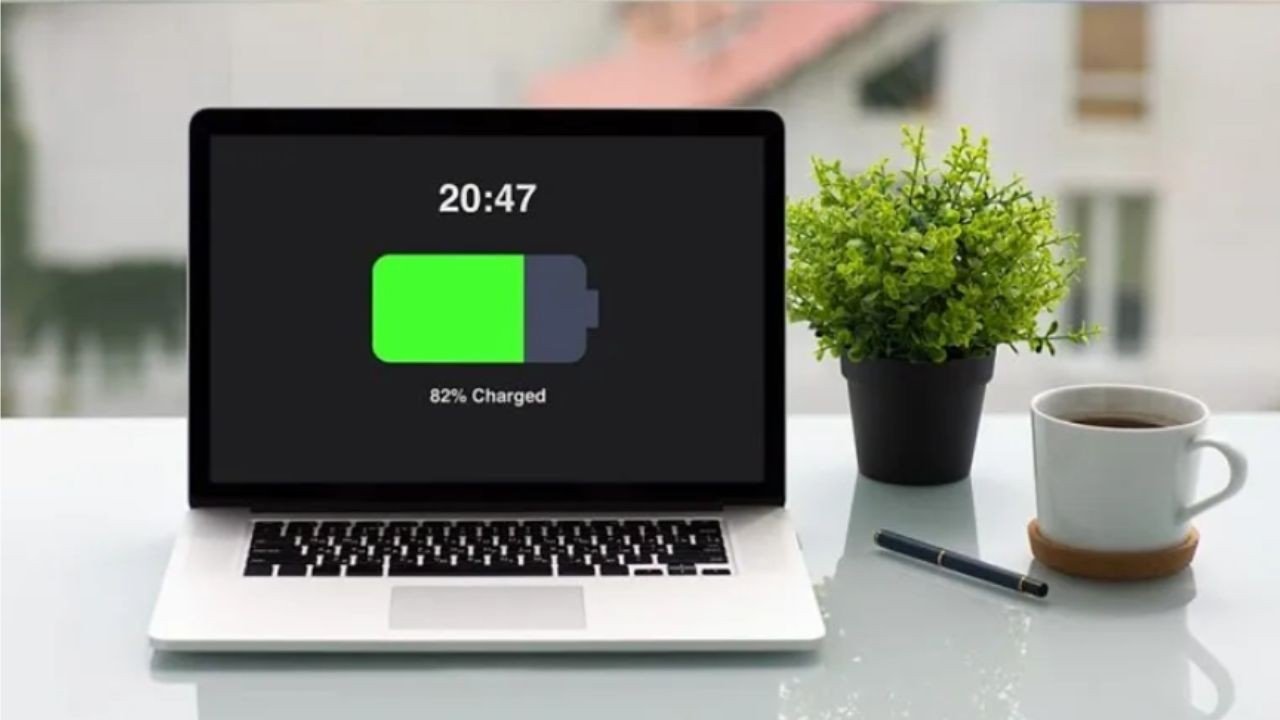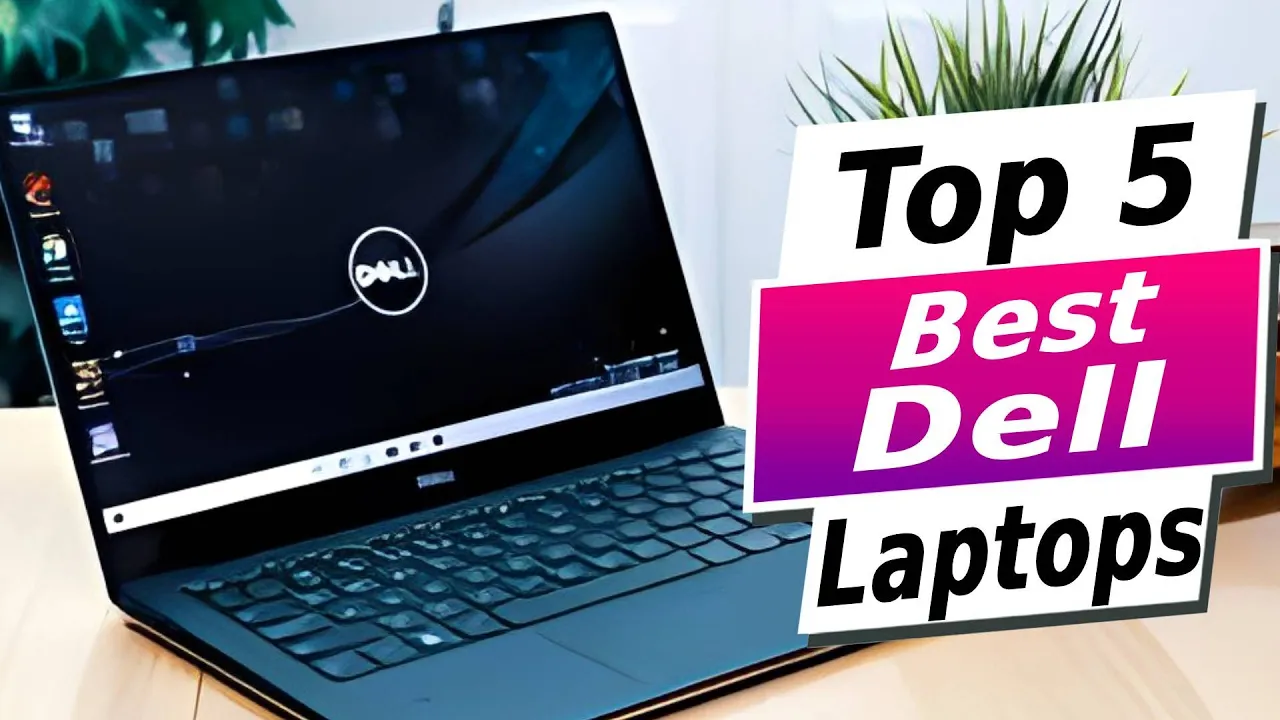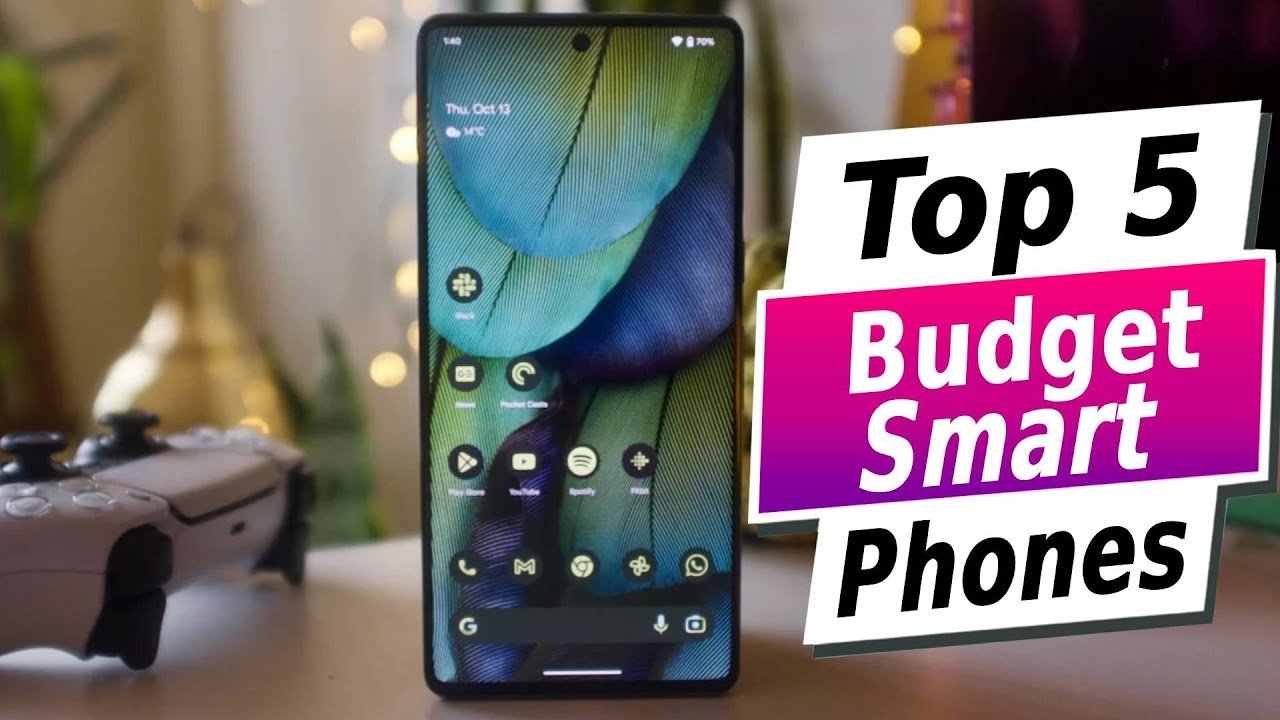Laptop battery life is often a crucial aspect of a portable computing experience. Whether you’re a student attending lectures or a professional working on the go, ensuring your laptop’s battery lasts as long as possible is essential. In this guide, we’ll explore practical tips and tricks to help you extend your laptop’s battery life.
Optimize Power Settings
Your laptop’s power settings are the first place to start when trying to extend battery life.
Use Battery Saver Mode
Most laptops have a built-in battery saver mode that reduces performance, dims the screen, and limits background processes to extend battery life. You can usually enable this by clicking on the battery icon in the taskbar and switching to a power-saving mode.
Adjust Screen Brightness
Your display is one of the biggest consumers of battery power. Lowering the screen brightness, especially when indoors or working in low-light environments, can have a significant impact on how long your battery lasts.
Modify Sleep and Hibernate Settings
Ensure your laptop enters sleep or hibernate mode quickly when inactive. You can adjust these settings in the power options. Hibernate mode uses even less battery than sleep mode, so it’s a good option for longer periods of inactivity.
Manage Background Apps and Processes
Running multiple applications in the background can drain your battery quickly.
Identify Resource-Intensive Apps
Use Task Manager (on Windows) or Activity Monitor (on macOS) to identify which apps are consuming the most power. Closing unnecessary programs can save precious battery life.
Disable Startup Programs
Many programs run automatically when you start your laptop. Disabling non-essential startup programs ensures they don’t consume resources and battery power in the background.
Use Task Manager to End Unnecessary Processes
Task Manager can also be used to end processes that are not essential but are still consuming battery power. Apps like cloud services, media players, or even idle software can drain your battery.
Unplug Unnecessary Peripherals
External devices connected to your laptop, such as USB drives, external hard drives, and even a mouse, can consume power.
Disconnect External Devices
When not in use, unplug external devices. These peripherals draw power from your laptop and can significantly reduce battery life.
Turn Off Bluetooth and Wi-Fi When Not in Use
Both Bluetooth and Wi-Fi consume power, even when they’re not actively being used. If you don’t need internet access or a Bluetooth connection, turning these off can conserve battery life.
Reduce Multitasking
Laptops have become powerful enough to run multiple heavy programs at once, but this drains the battery faster.
Close Unused Tabs and Programs
If you’re working with multiple browser tabs or software applications, consider closing those that you’re not actively using. Even idle tabs and programs can use up valuable resources.
Limit Heavy Software Usage
Try to avoid running power-hungry applications like video editing software, games, or any program that requires high performance unless your laptop is plugged in.
Update Software and Drivers
Keeping your laptop’s software and drivers updated can help improve its efficiency, which can, in turn, extend battery life.
Keep Your Operating System Updated
Operating system updates often include battery optimization features, bug fixes, and performance improvements that can enhance battery life.
Update Drivers Regularly
Drivers help your laptop communicate with its hardware. Outdated drivers, especially those related to power management, can cause your laptop to use more energy than necessary.
Optimize Apps for Better Battery Use
Some apps offer specific settings for optimizing battery use. Check the settings in apps you use regularly to see if there’s an option for better battery management.
Adjust Visual Effects
Modern operating systems come with visually pleasing animations and effects, but these can use up extra battery life.
Reduce Animations and Transparency
Windows and macOS both have settings to reduce or disable animations and transparency effects. These features look nice but aren’t essential and can be turned off to save battery.
Disable Unnecessary Features
If you’re focused on extending battery life, you can disable non-essential features like animated wallpapers or unnecessary widgets.
Use the Right Charger and Care for the Battery
The type of charger you use and how you treat your battery can impact its overall health and lifespan.
Use Official Chargers
Always use the charger that came with your laptop or one that’s recommended by the manufacturer. Using third-party chargers may not provide the correct power levels and could harm your battery.
Avoid Overcharging the Battery
Modern laptops are designed to stop charging once the battery reaches 100%, but keeping your laptop plugged in for extended periods isn’t always ideal. It’s a good idea to unplug your laptop occasionally to prevent overcharging.
Calibrate the Battery Periodically
Some laptops benefit from battery calibration, which helps ensure accurate battery percentage readings. To do this, fully charge your laptop, let it discharge completely, and then recharge it to 100%.
Work in Battery-Friendly Environments
Where and how you use your laptop also affects its battery performance.
Avoid Extreme Temperatures
Extreme heat or cold can damage your battery or cause it to drain faster. Try to use your laptop in environments with moderate temperatures.
Use the Laptop on Hard Surfaces
Using a laptop on a soft surface, like a bed or couch, can cause it to overheat, which puts additional strain on the battery. Hard surfaces allow better airflow and prevent overheating.
Invest in a Battery Backup
If you frequently find yourself away from power outlets, having a backup power source can be a lifesaver.
Consider External Battery Packs
Many companies offer external battery packs designed for laptops. These can provide hours of extra use when you’re on the go.
Keep a Portable Charger Handy
A portable charger can also help keep your laptop running when you’re away from power outlets. These are especially useful for long flights or remote work.
Turn Off Unnecessary Features
Some laptop features, while convenient, can be turned off to save battery life.
Disable Location Services
Location services often run in the background, consuming power. If you don’t need location-based services, turning them off can help extend battery life.
Turn Off Keyboard Backlight When Not Needed
If you’re not typing in a dark environment, consider turning off the keyboard backlight to save energy.
Use Battery Monitoring Tools
Tracking your battery’s health and usage can give you insights into how to improve its longevity.
Built-in Tools (Windows/macOS)
Both Windows and macOS provide built-in battery health monitoring tools. These can give you a clearer picture of your battery’s current condition and suggest ways to save power.
Third-Party Apps
Third-party battery monitoring apps can offer more detailed insights, such as tracking your battery’s discharge rate and
alerting you to energy-hogging programs.
Manage Browser Usage
Web browsing is a common activity, but it can also drain your battery if you’re not careful.
Use Energy-Efficient Browsers
Some browsers, like Microsoft Edge, are optimized for better energy consumption compared to others. Choosing a browser that prioritizes battery life can make a difference.
Limit Browser Extensions
Browser extensions, while useful, can consume resources even when not in use. Disable or uninstall unnecessary extensions to save battery power.
Conclusion
Maximizing your laptop’s battery life requires a combination of software tweaks, mindful usage, and proper care. By adjusting settings, managing applications, and being aware of your battery’s health, you can significantly extend its lifespan and enjoy more time between charges.
FAQs
How often should I charge my laptop?
It’s ideal to keep your laptop between 20-80% charged for most efficient battery health.
Can I leave my laptop plugged in all the time?
While modern laptops stop charging at 100%, keeping it plugged in all the time may reduce battery health over time. Unplug occasionally to prevent overcharging.
Does sleep mode use more battery than hibernate?
Yes, sleep mode uses more battery as the system stays partially active. Hibernate mode consumes less power.
How do I know if my laptop battery is dying?
Signs include shorter battery life, random shutdowns, or the battery not charging to full capacity.
Should I fully discharge my battery regularly?
No, fully discharging a modern lithium-ion battery can wear it out faster. Keep it charged between 20-80% for optimal health.





Leave a Reply